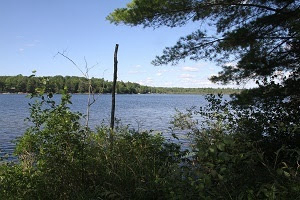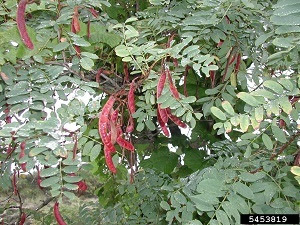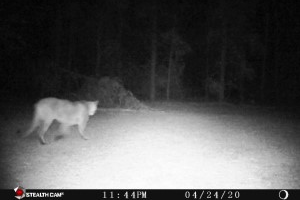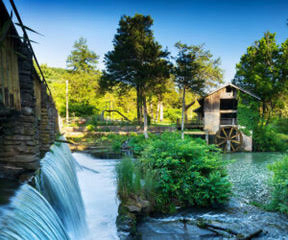The Migratory Bird Treaty Act is Upheld

Last week a federal judge upheld the Migratory Bird Treaty Act, halting attempted changes to the letter of the most important bird protection legislation ever passed. United States District Court Judge Valerie Caproni ruled that the legal opinion that serves as the basis for the Trump administration rollback of the Migratory Bird Treaty Act (MBTA) does not align with the intent and language of the 100 year old law. In her ruling, Judge Caproni found that the policy “runs counter to the purpose of the MBTA to protect migratory bird populations” and is “contrary to the plain meaning of the MBTA.”
The ruling makes it clear that the administration must halt its attempt to roll back the Migratory Bird Treaty Act. Last week’s decision comes in response to a series of lawsuits filed in 2018 by eight state governments and several national conservation groups, including the National Audubon Society. To review Audubon’s news release, see https://www.audubon.org/news/victory-federal-judge-rules-administrations-bird-killing-policy-illegal You can also review the legal decision at https://nas-national-prod.s3.amazonaws.com/2020-08-11_mbta_decision.pdf











